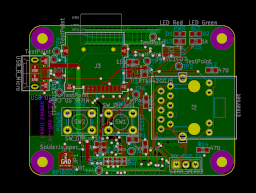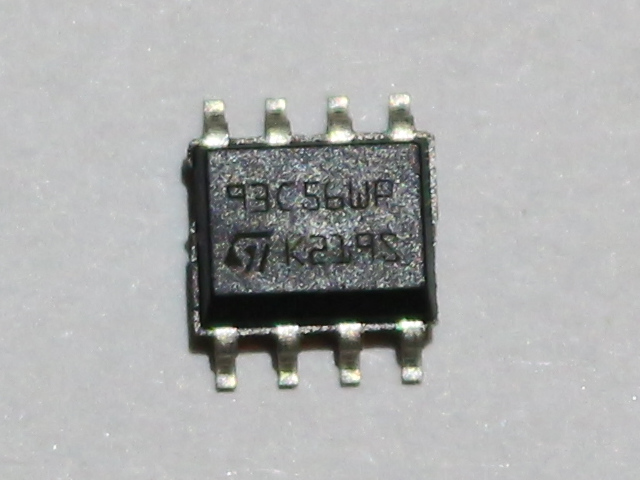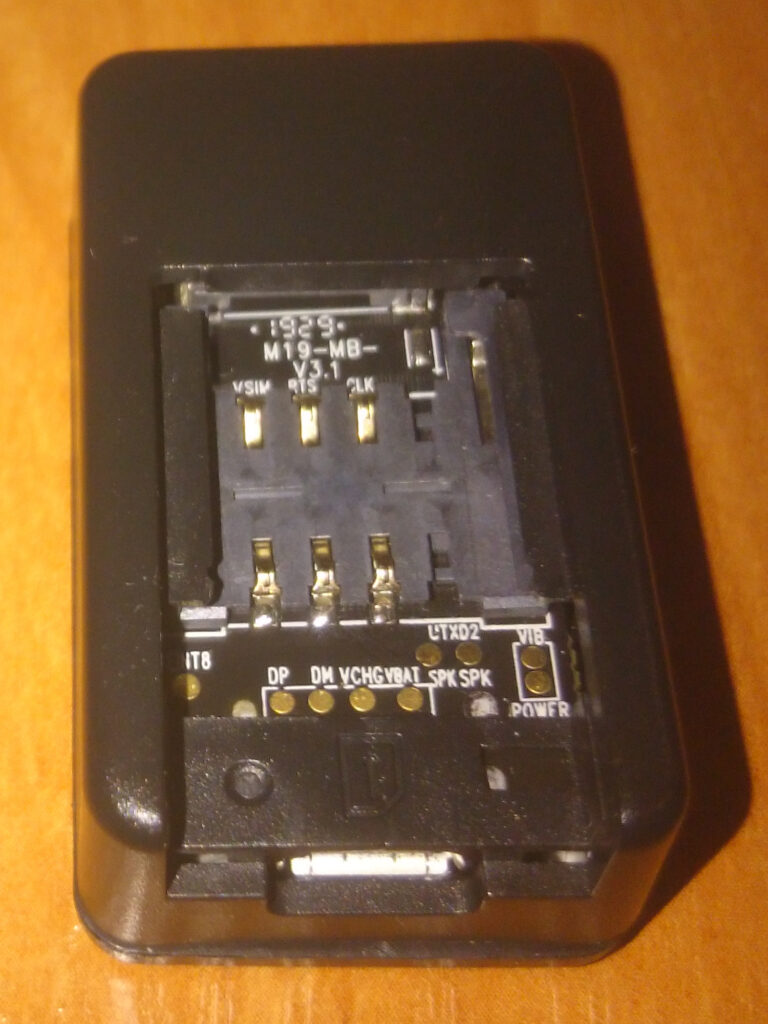Lately I play a bit with Docker containers. In a chain of problems that I have right now, I needed to have static cURL library on Debian. As it turned out linking cURL statically is not an easy task. Rather it causes a lot of problems, especially when trying this with packages available in Debian repos. After a long fight with these I decided to prepare my own distribution of cURL. But instead of creating usual deb package, I did it all on Docker and as a result, I have Docker image. In it I utilized possibilities of staged builds, where there can be few steps having in common only certain files. As a result I created base image, means the one created from scratch, where there are no other files, than the ones that we provide. So I provided only complete cURL install directory and musl libc to be able to run curl binary, as I did not want to tinker with cURL’s build system even more, than I did. Final image weights only ~1,5 MiB, so a result is really nice space saving compared to usual approach to Docker images. Inside, you can run curl binary separated from your operating system (to extent that Docker provides – remember, it is not virtualization!). Also it is possible to use libcurl to link your own binaries with it, this time completely statically!
As always, sources are on Github and this time there are also ready-to-use images on Docker Hub, so you can pull them directly, without need to build them. All instructions are on both pages and this is nothing unusual for any user of Docker, so I will not repeat myself here.










